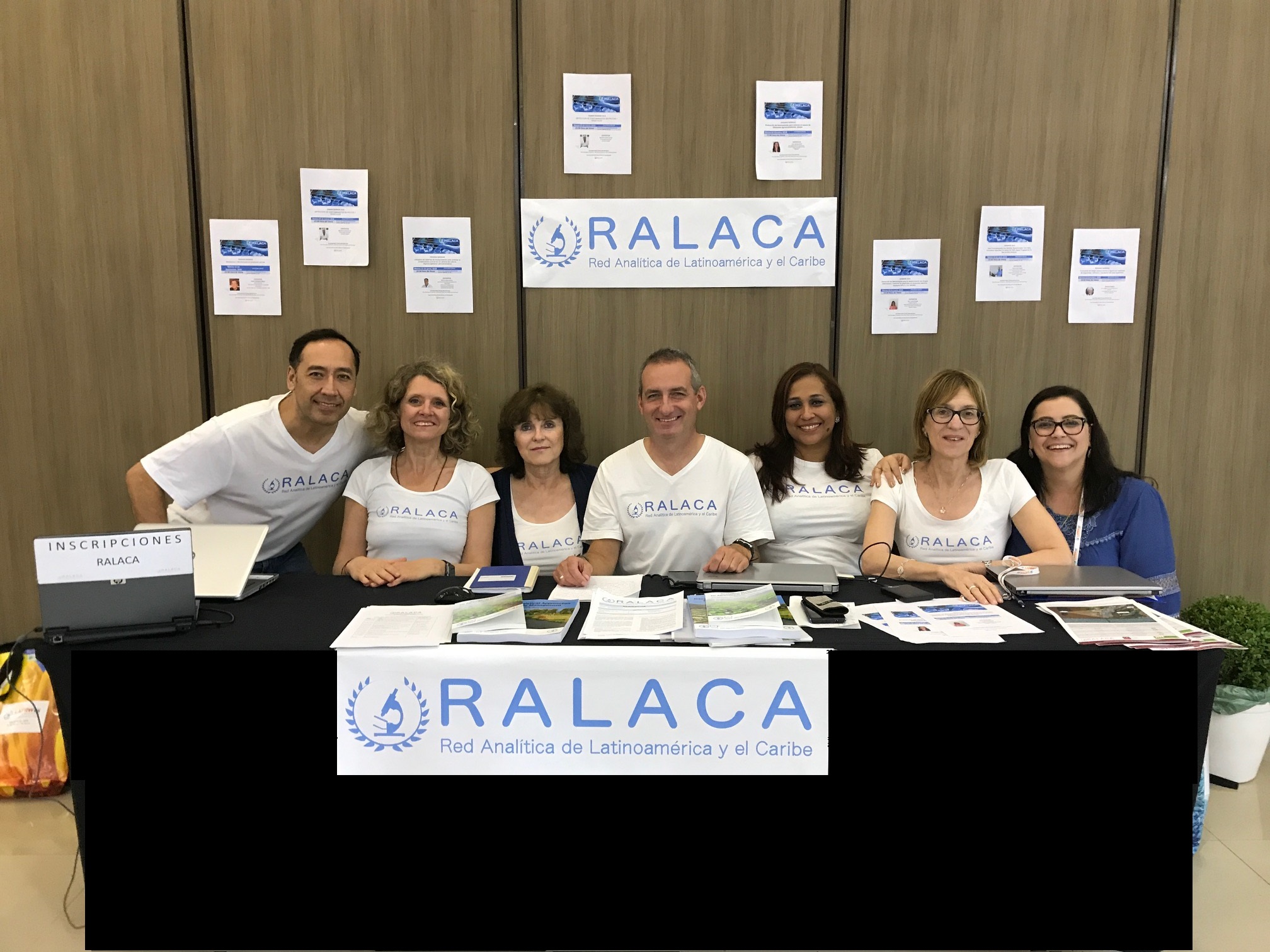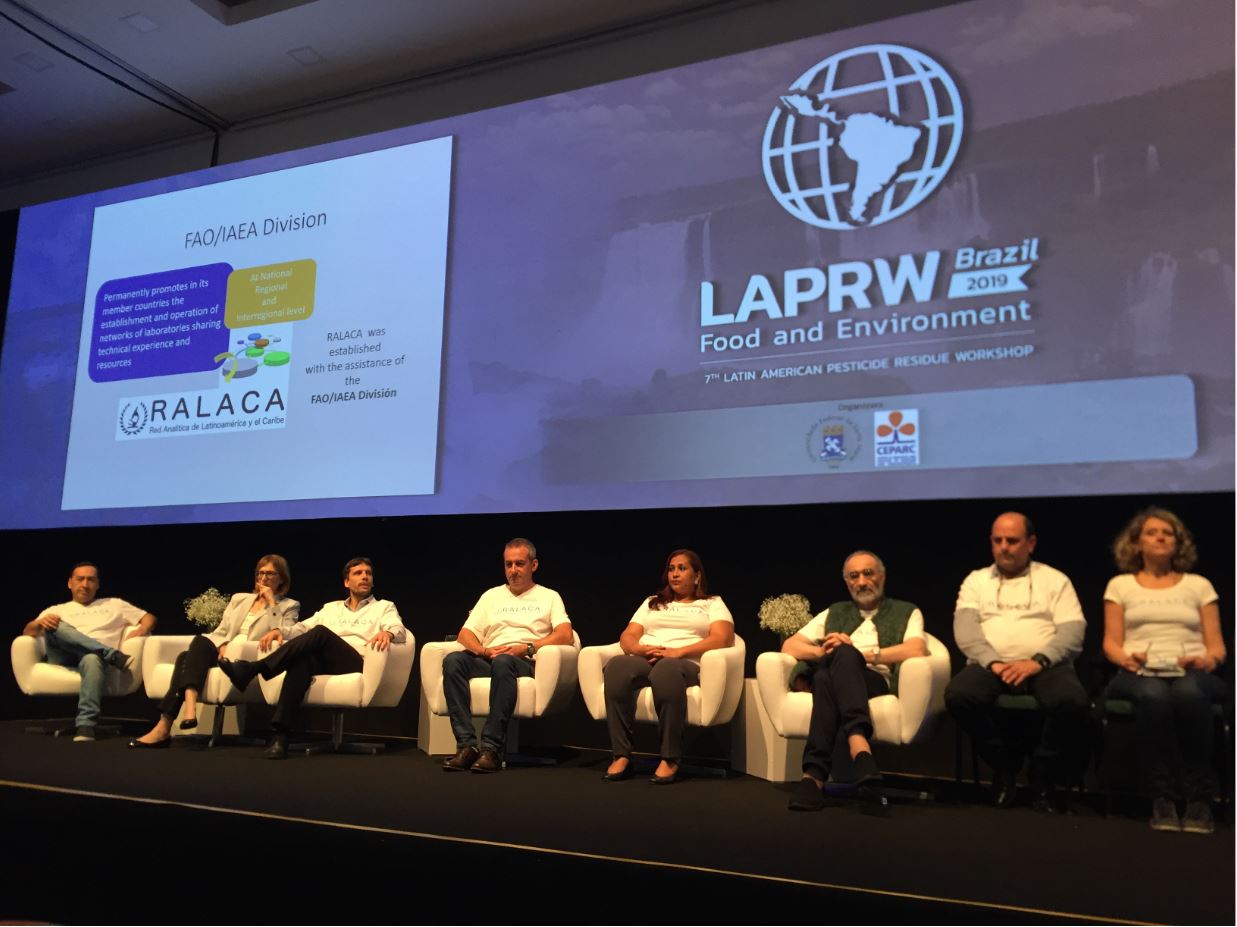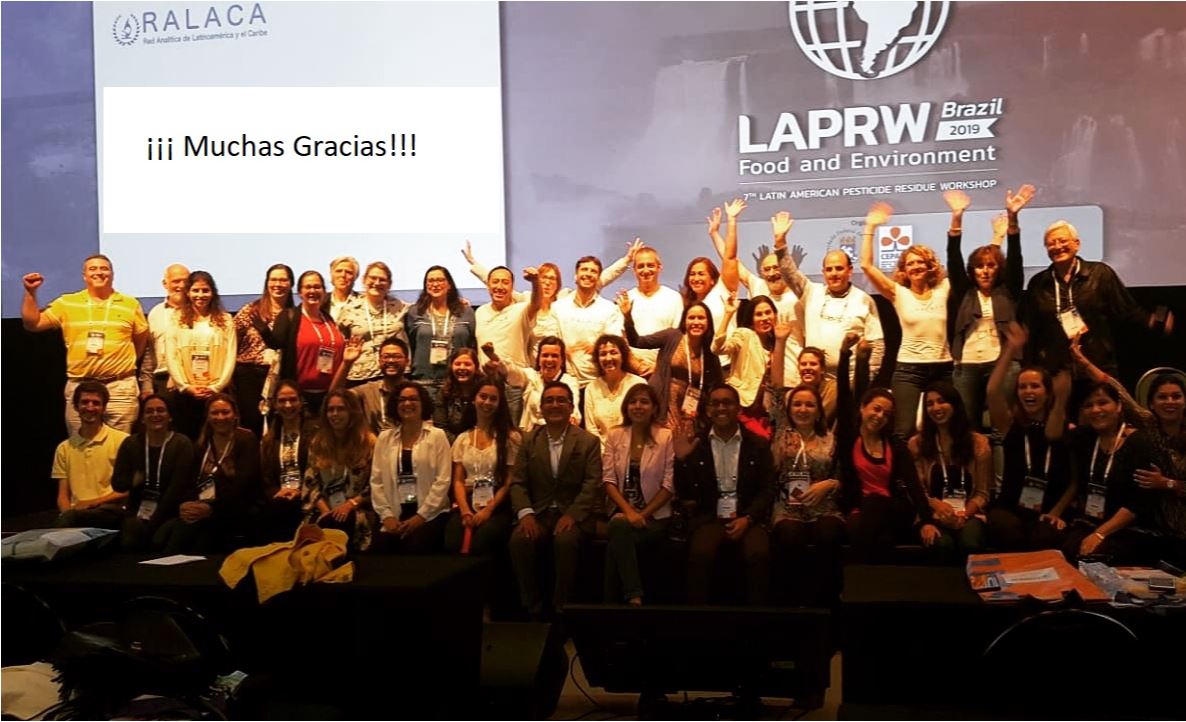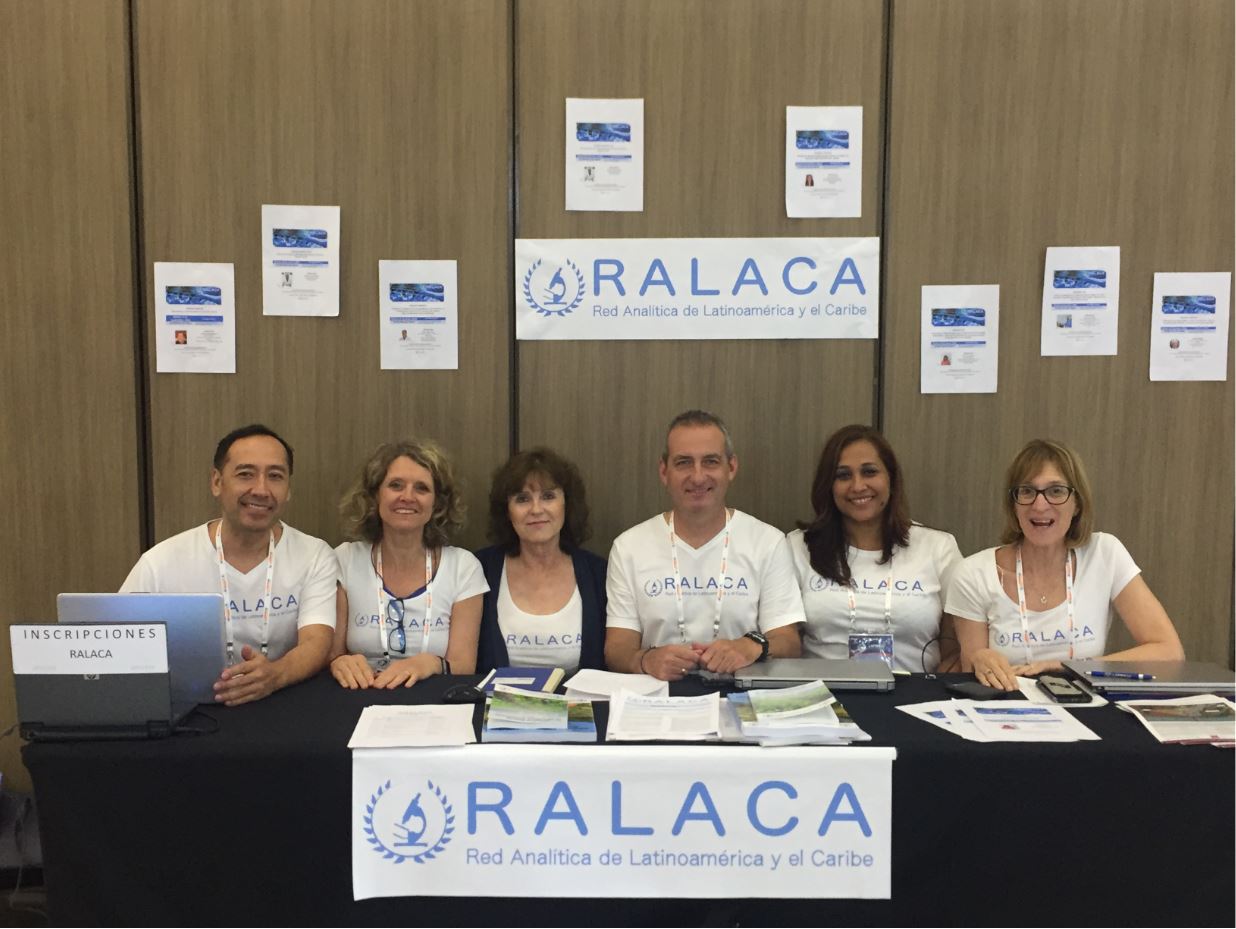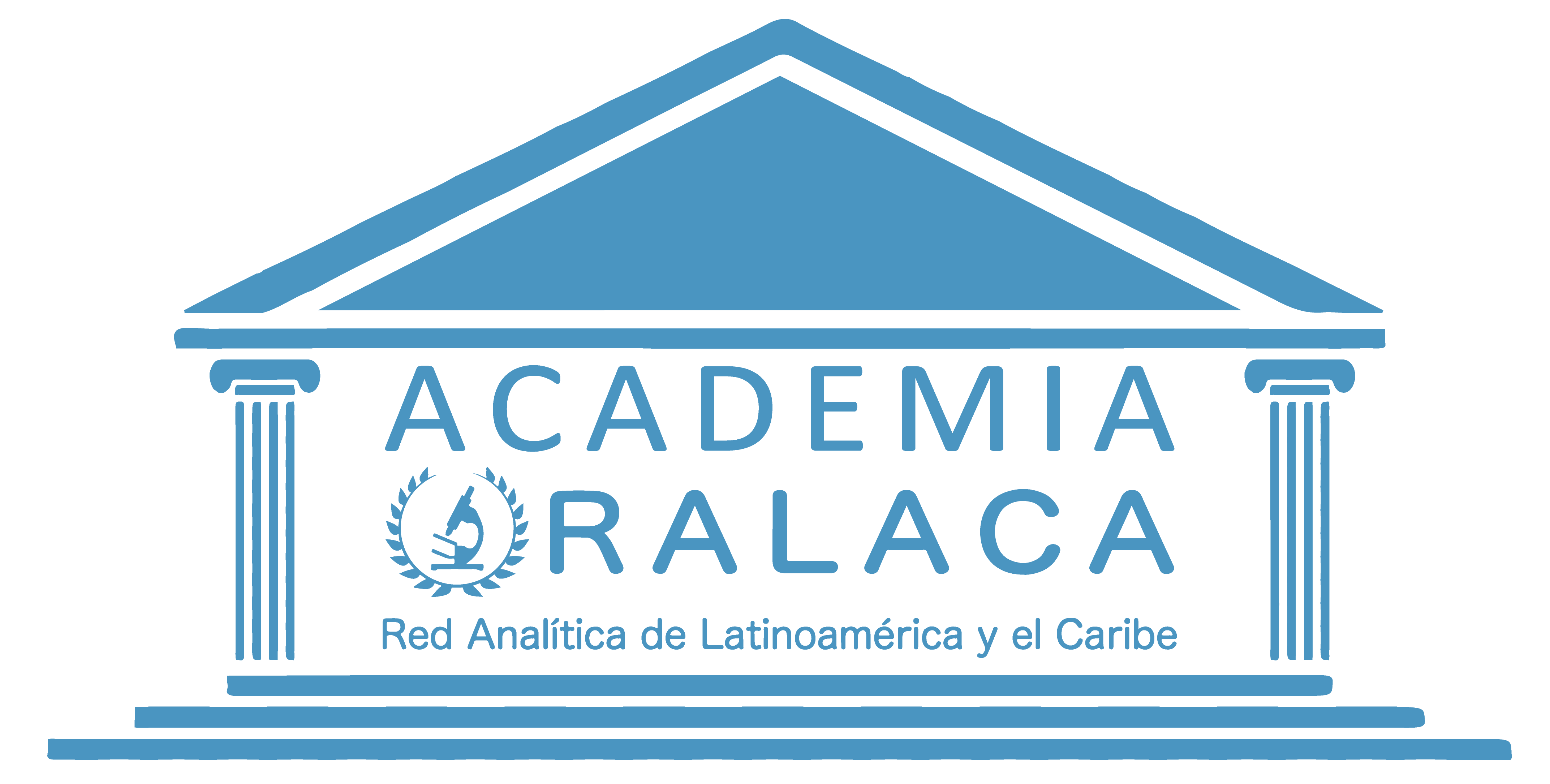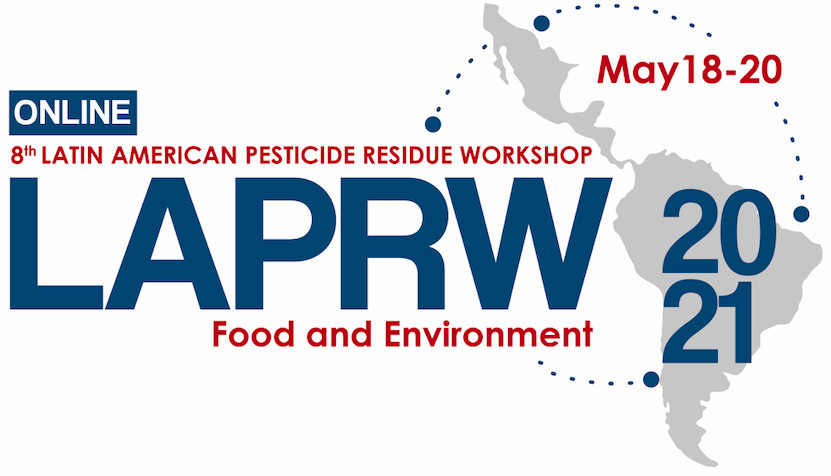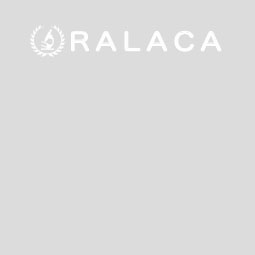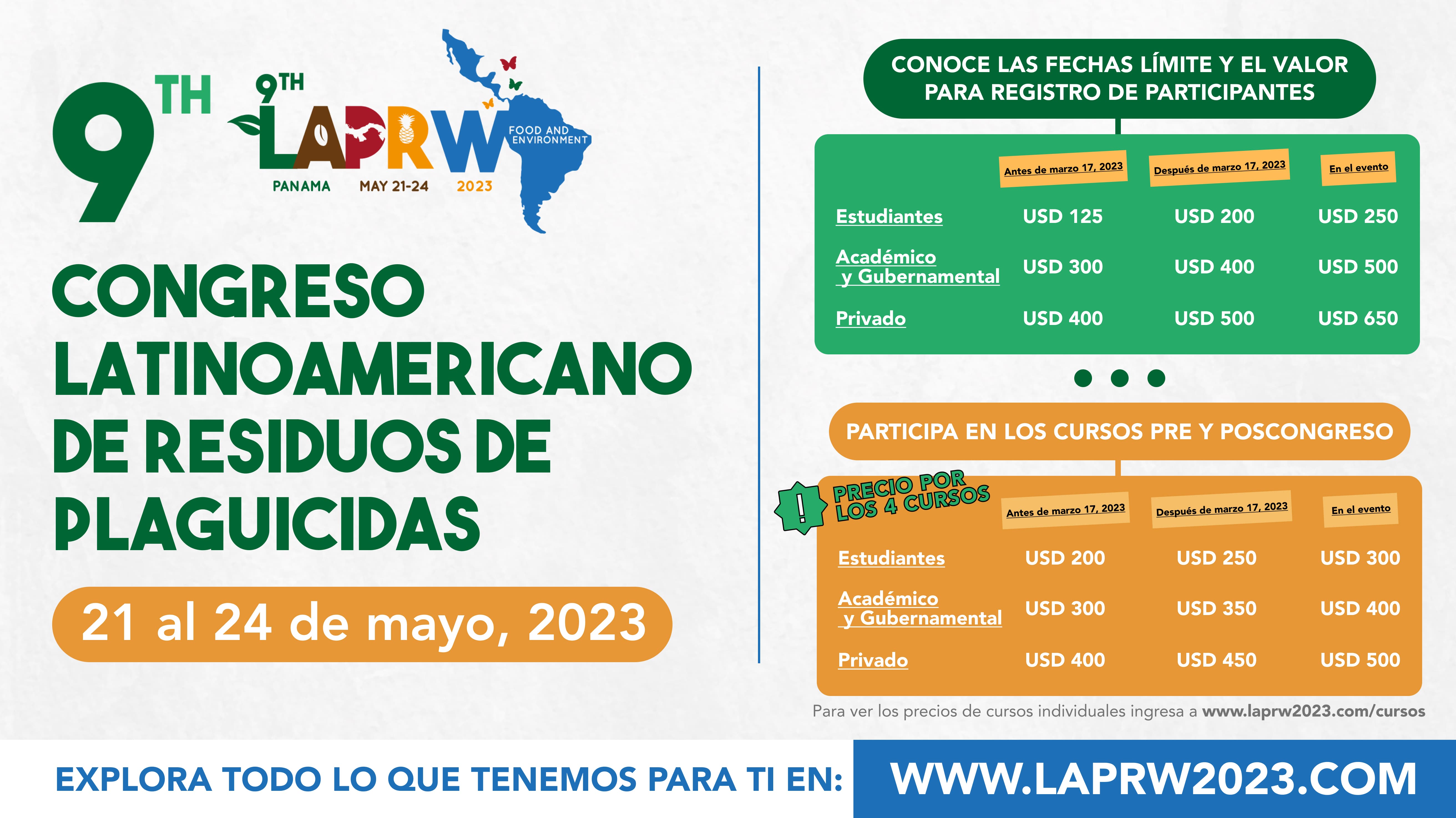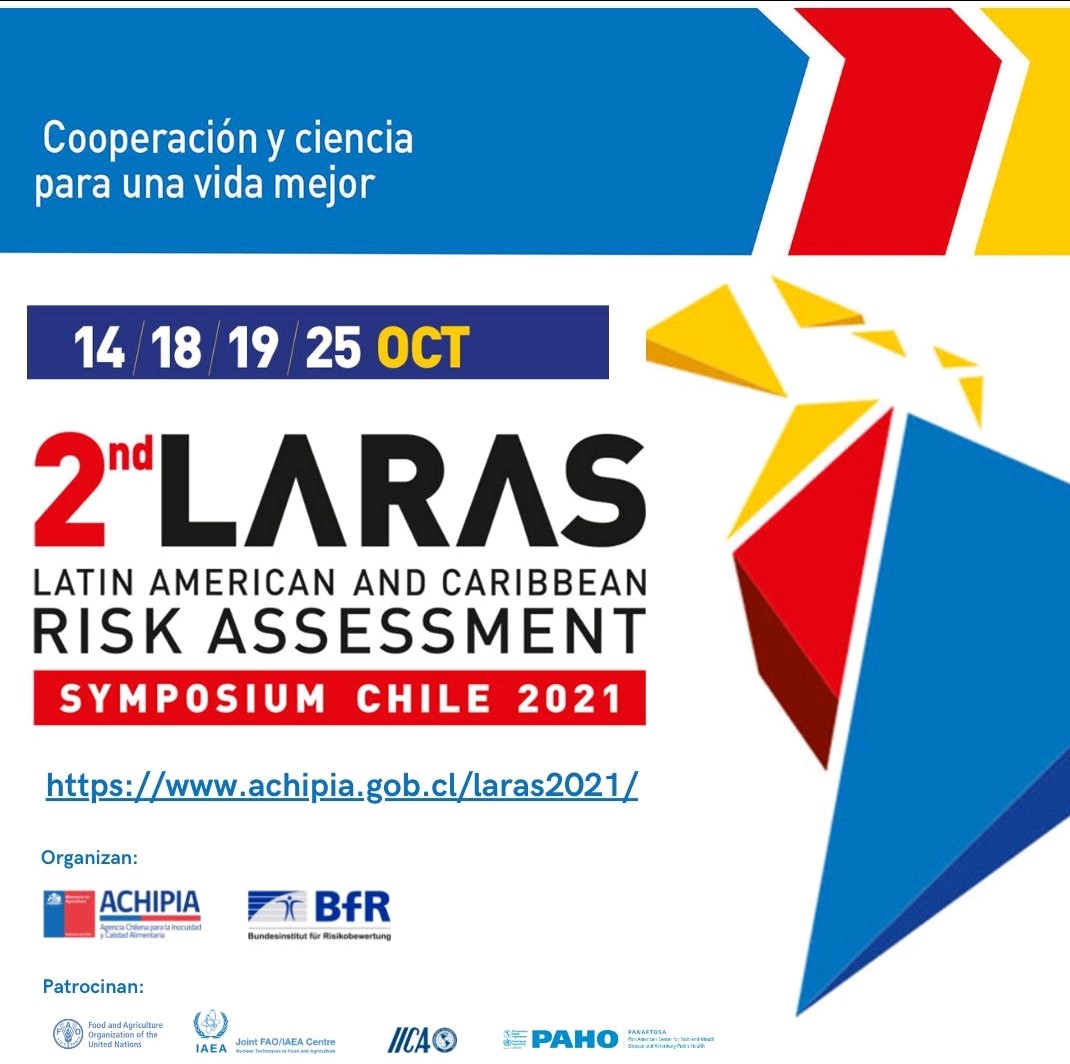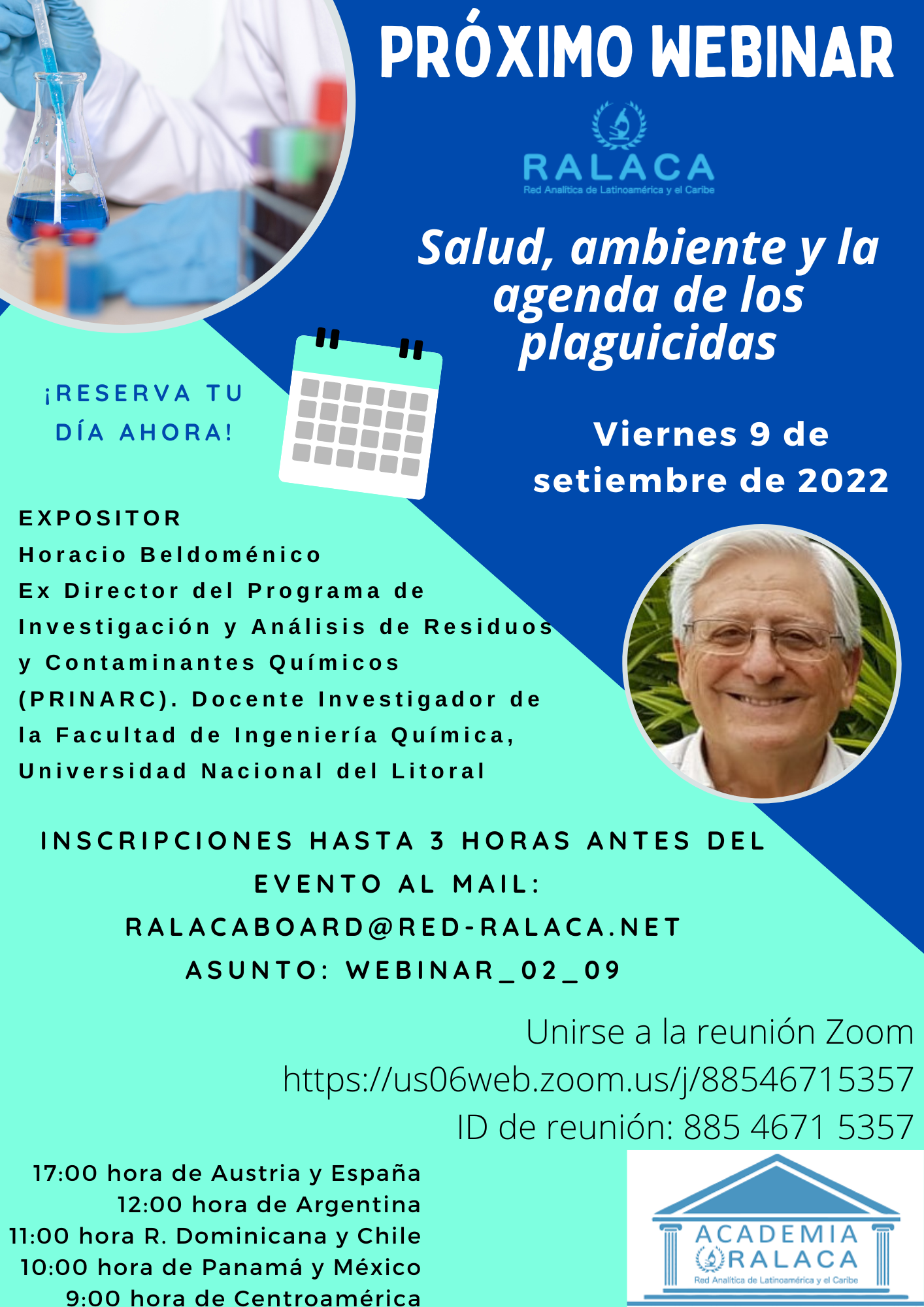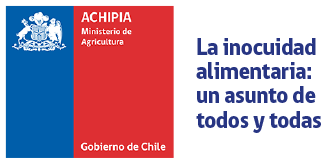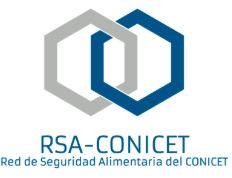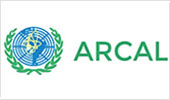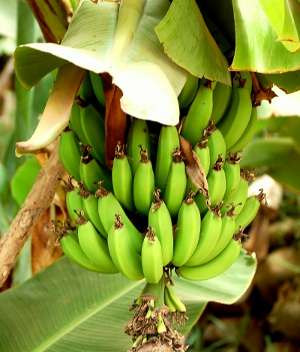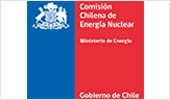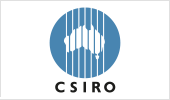A los Laboratorios Miembro de la RILAA
Nos complace informar que el Laboratorio Nacional Agropecuario del Ministerio de Agricultura, Pecuaria y Abastecimiento (LANAGRO-MG/MAPA) del Brasil va a organizar un ensayo de aptitud para dioxinas y furanos de relevancia toxicológica en matriz de pescado, durante el primer semestre de 2014.
Las muestras, su transporte e informe de resultados serán gratuitos, en tanto que eventuales trámites, impuestos y costos aduaneros en el país de destino deberán ser cubiertos por el Laboratorio participante.
En la dirección: http://www.eSurveysPro.com/Survey.aspx?id=c18f5db6-2c66-41ef-ac9c-559a81ac384c usted puede encontrar información detallada sobre las características del ensayo de aptitud y completar el formulario de inscripción y consultas al organizador.
Debido a que hay pocos laboratorios miembros de la RILAA que realizan estas determinaciones analíticas, podrán ser admitidos en el ensayo de aptitud "laboratorios no miembros" de otros sectores (inclusive privados). Por ello le pedimos que nos ayude a difundir este ejercicio interlaboratorio (por ejemplo, informándonos la dirección de email o reenviando este correo a quien corresponda).
Muchas gracias.
Atentamente,
Jorge E. Torroba
Secretaría ex officio de la RILAA-OPS/OMS
|
|
|
|
Contact person: |
Nilson César Castanheira Guimaraes |
|
E-Mail: |
This email address is being protected from spambots. You need JavaScript enabled to view it. |
|
Mandate of the Laboratory: |
Ministry of Agriculture, Livestock and Food Supply, |
|
Role in the farm-to-fork chain: |
It is the focus of support for actions related to the |
|
National Reference Laboratory: |
Yes, LANAGRO-MG acts to perform in the implementation of |
|
Type of contaminants analysed: |
ANIMAL AREA PLANT AREA |
|
Matrices analysed: |
Bobine, Swine, Equine, Poultry, Fish and Shrimp, Honey, Fruits, edible plant oils, Seeds, Feed. |
|
Combination matrices and contaminants analysed: |
ANIMAL AREA PLANT AREA: |
|
Description of validated method used: |
Pesticides: - Multiresidue method for analysis of pesticides in oilseeds MS/MS and GC-MS/MS. Dioxine: - Analysis of Polycyclic Aromatic Hydrocarbons (PAHs) in fish Inorganic elements: - Residue analysis of cadmium and lead in bovine liver and Residues of veterinary medicines: - Analysis of residues of avermectins in liver and milk by high |
|
Laboratory accredited according to |
Yes |
|
Accreditation body: |
INMETRO |
|
Provision of interpretation of residue |
No |
|
Laboratory certified according to GLP: |
No |
|
Is laboratory available for research and |
Yes |
|
Is the laboratory available for quality |
Yes |
|
Is the laboratory available for expert |
Yes |
|
Is the laboratory available for ad hoc on- |
Yes |
|
Is the laboratory available for ad hoc |
Yes |
|
Is the laboratory available for |
Yes |
|
Is the laboratory available for |
Yes |
|
Laboratório nacional agropecuario do Rio Grande do Sul - (LANAGRO-RS) |
|
|
Contact person: |
Priscila Rech Pinto Moser |
|
E-Mail: |
This email address is being protected from spambots. You need JavaScript enabled to view it. This email address is being protected from spambots. You need JavaScript enabled to view it. This email address is being protected from spambots. You need JavaScript enabled to view it. |
|
National Reference Laboratory: |
Yes we are the reference laboratory in veterinary drugs and |
|
Type of contaminants analysed: |
a) Veterinary drugs and pesticides residues b) Microbial contaminants c) Trace metals and contaminants |
|
Matrices analysed: |
a) Liver, milk, beef, animal feed, eggs, animal fat b) Animal products, feed and feed ingredients, water, ice, honey, dairy, industrial food c) Muscle and kidney |
|
Combination matrices and contaminants |
See annex LANAGRORS.pdf |
|
Description of validated method used: |
|
|
Laboratory accredited according to |
Yes |
|
Accreditation body: |
Veterinary drugs and pesticides residues |
|
Provision of interpretation of residue |
No |
|
Laboratory certified according to GLP: |
No |
|
Is laboratory available for research and |
Yes |
|
Is the laboratory available for quality |
Yes |
|
Is the laboratory available for expert |
Yes |
|
Is the laboratory available for ad hoc on- |
Yes |
|
Is the laboratory available for ad hoc |
Yes |
|
Is the laboratory available for |
Yes |
|
Is the laboratory available for |
Yes |
 Brazil
Brazil
|
Partnes from Brasil |
||
|
Partner |
Institution |
Contact |
|
Eliane Vieira |
Instituto Biológico |
This email address is being protected from spambots. You need JavaScript enabled to view it. |
|
Prof. Dr. Igor Renato Bertoni Olivares |
Universidade de São Paulo |
This email address is being protected from spambots. You need JavaScript enabled to view it. |
|
Carlos Jesus Brandão |
CETESB - Comapnhia Ambiental do Estado de São Paulo |
This email address is being protected from spambots. You need JavaScript enabled to view it. |
|
Andrey Martinez Rebelo |
Epagri - Empresa de Pesquisa Agropecuária e Extensão Rural de Santa Catarina |
This email address is being protected from spambots. You need JavaScript enabled to view it. |
|
Fernando José Pires de Souza |
Ministério da Agricultura, Pecuária e Abastecimento |
This email address is being protected from spambots. You need JavaScript enabled to view it. |
|
Maria de Fátima Martins |
LFDA_SP - Laboratório Federal de Defesa Agropecuária /MAPA |
This email address is being protected from spambots. You need JavaScript enabled to view it. |
 Vienna, Austria
Vienna, Austria 

